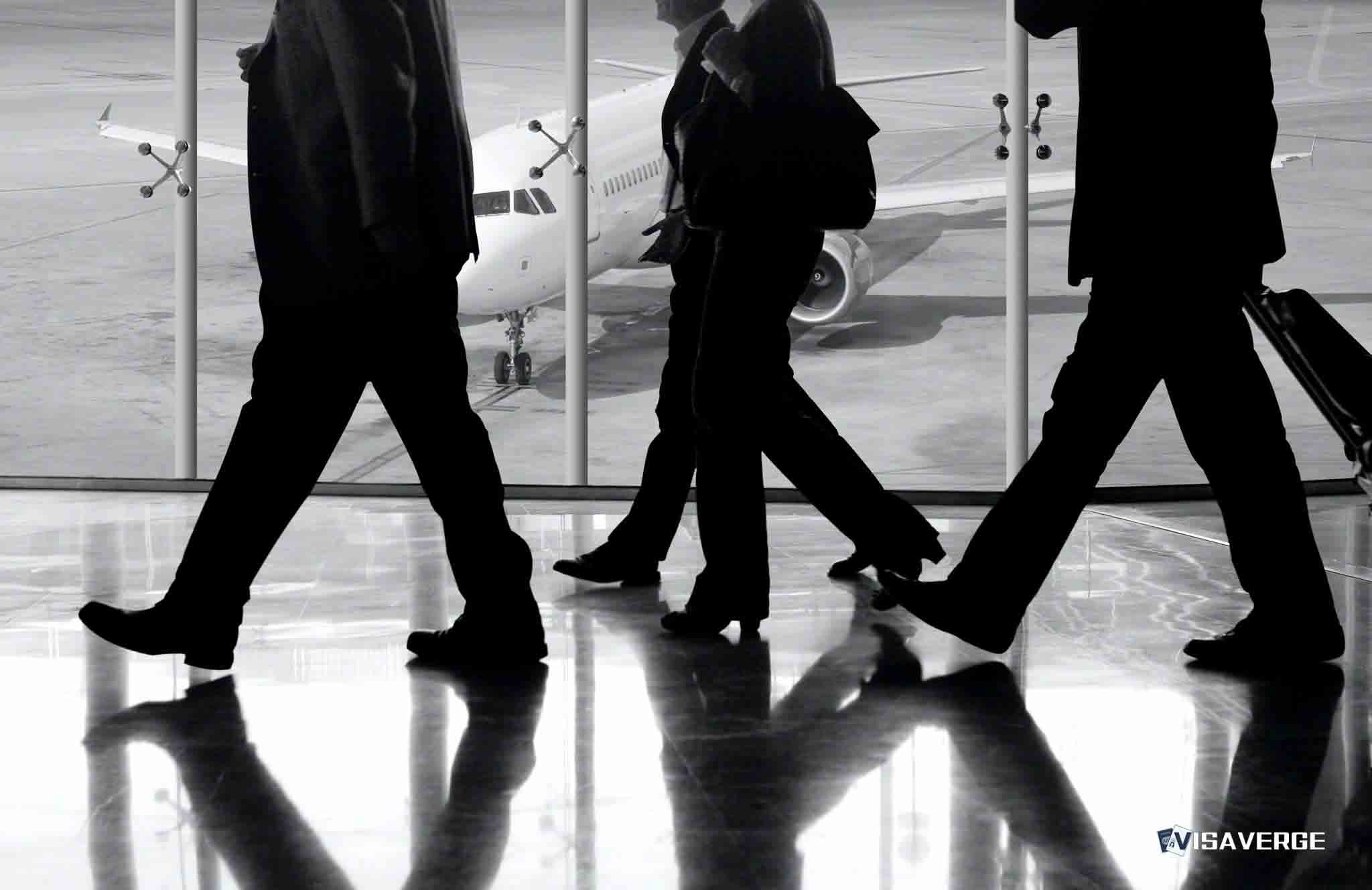(LOS ANGELES, CALIFORNIA, UNITED STATES) U.S. airports reported more than 20 air traffic controller shortage incidents in a single day this weekend, forcing delays across the country and a temporary ground stop at Los Angeles International Airport. The Federal Aviation Administration confirmed 22 “staffing triggers” on October 25, 2025, among the highest tallies since the federal government shutdown began, signaling a system under acute strain as controllers work without pay and sick calls rise.
Flights bound for LAX were halted at their departure points starting at 11:42 a.m. Eastern Time, with average holds approaching 1 hour and 40 minutes. The FAA anticipated lifting the ground stop by 1:30 p.m. Eastern, but warned that flow limits could persist based on staffing.

Officials said the pressure was not isolated to Southern California. Newark Liberty International Airport, Teterboro Airport in New Jersey, and Southwest Florida International Airport in Fort Myers all faced disruptions tied to missing staff. U.S. Transportation Secretary Sean Duffy said more controllers were calling in sick as the shutdown’s financial stress deepened, describing a high-pressure workplace pushed past a safe threshold.
The day’s string of shortages underscores how quickly operations can ripple when the controller workforce—already stretched—hits multiple staffing triggers in several regions at once.
Operational disruptions and safety management
When the FAA declares a staffing-triggered flow program, it slows the rate of arrivals and departures to match the number of qualified controllers safely available. On Saturday, that meant holding departures to Los Angeles at origin airports and spacing traffic more widely in affected sectors.
The ground stop for LAX was targeted and time-limited, but its knock-on effects continued into the afternoon as aircraft, crews, and gate space fell out of sync. For passengers, that translated into missed connections, reshuffled itineraries, and unclear rebooking windows.
The nation’s air traffic control system relies on complex handoffs between facilities. A shortage at a single Southern California center can force re-routing across multiple states, affecting flights that never touch Los Angeles. The FAA’s goal in these moments is to prioritize safety margins—reduced complexity, slower arrival rates, and predictable spacing—over speed.
In operational terms, staffing-trigger days typically see:
- Delays for flights heading into constrained airspace
- Ground holds at origin airports to prevent airborne stacking
- Airborne reroutes to avoid saturated sectors
- Cancellations when crew duty limits or curfews are exceeded
According to analysis by VisaVerge.com, the current wave of air traffic controller shortage events builds on years of tight staffing pipelines, retirements, and training backlogs, now compounded by a shutdown that has paused pay and intensified fatigue. While the FAA has expanded training classes in recent years, it takes many months to turn a trainee into a certified controller for a specific facility, and experience at busy centers is not interchangeable.
Key operational priority: When staffing is thin, the system slows to preserve safety margins—even if that increases delays and cancellations.
Impact on immigrants and international travelers
For immigrants, students, and families traveling to or within the United States 🇺🇸, operational disruptions carry outsized consequences. Saturday’s ground stop and related delays meant some travelers missed onward flights to consular appointments, school orientations, and legal deadlines.
Examples of critical impacts:
- A spouse on a connecting itinerary to a long-scheduled consular visa interview who faces multiweek rebooking if the interview is missed.
- An international student traveling to finalize housing and enrollment, arriving late and at risk of losing campus services.
- A permanent resident returning from abroad on a tight timeline whose connecting flight cancellation pushes entry past a planned date, creating stress around job start times.
While airline customer service can often rebook flights, immigration-related appointments with consulates and government agencies may be far harder to move on short notice, especially during peak seasons.
Travelers should keep documentation handy showing airline-caused delays, including delay notifications, updated itineraries, and any written records of the ground stop or “ATC delay” tags on their rebooking. These can help when requesting a new consular slot or explaining late arrivals to schools and employers.
Practical steps for affected travelers:
- Build extra buffer time for critical immigration-related trips, especially when connecting through major hubs or known staffing “pinch points.”
- Use airline apps and airport boards to track evolving staffing triggers and FAA delay programs in real time.
- If you miss a consular appointment due to an airline delay, contact the post promptly with proof of delay and request the earliest available slot—keep screenshots and airline emails.
- For domestic connections after a long-haul arrival, consider longer layovers to reduce the risk of misconnection on high-risk days.
Policy context, labor pressure, and what comes next
Saturday’s 22 staffing triggers detected by the FAA reflect an unusual concentration of shortages during an ongoing government shutdown. Without appropriated funds, many federal employees—including air traffic controllers—work without pay, amplifying stress in a job that already demands intense focus. Secretary Duffy warned that higher sick-call rates are an expected outcome under these pressures.
The FAA has long treated controller staffing as a safety issue, not simply a scheduling challenge. If a facility does not have enough qualified personnel to handle its typical traffic load safely, it must pull back. The agency has urged carriers and airports to prepare for rolling limits when staffing is thin.
Airspace managers can temporarily reduce sector complexity by routing flows around hotspots, but those measures often increase total flight times and require additional fuel planning. On days like Saturday, the entire network slows to keep everyone safe.
For airlines, prolonged air traffic controller shortage days erode on-time performance and raise costs. Rotations break, crews time out, and aircraft fall out of position for the next morning’s departures. For passengers—especially families and newcomers—the human cost is measured in uncertainty and lost time with loved ones. Airport volunteers and airline agents try to triage the most urgent cases, but heavy delay days leave limited room for tailored help at the gate.
Travelers and employers can monitor the FAA’s national programs and advisories at the exact FAA page below for current restrictions and advisories:
- https://www.fly.faa.gov/adv/advAdvisoryForm.jsp
There, “ground stop,” “ground delay,” and “reroute” advisories show which airports and regions are constrained, often citing “ATC staffing” when shortages drive the restrictions.
Saturday’s disruptions also revive long-running debates over how to stabilize controller staffing. Training pipelines have improved, but certification at high-volume facilities is slow and attrition remains high. Some unions argue for stronger mental health support and predictable schedules; policymakers focus on funding certainty and hiring throughput.
What the 22 staffing triggers show, however, is how fragile the system becomes when a national shutdown strips pay from a workforce asked to manage minute-by-minute safety decisions.
Practical guidance and closing takeaways
- Expect rolling slowdowns when shortages align with peak traffic—plan accordingly.
- If you’re headed to LAX or other major hubs, build cushion into your plans and watch for airline-issued waiver policies that allow fee-free changes during ATC-driven events.
- Keep immigration, school, and employer contacts informed if your arrival shifts, and retain proof of airline-caused delays for rebooking or rescheduling requests.
The FAA’s decision to order a ground stop at LAX at 11:42 a.m. Eastern on Saturday was intended to match traffic to the number of eyes safely on the scopes—safety first, even when it means delays and inconvenience.
This Article in a Nutshell
On October 25, 2025, the FAA reported 22 staffing triggers during a federal government shutdown, forcing a targeted ground stop at LAX that began at 11:42 a.m. Eastern and produced average holds of roughly 1 hour 40 minutes. The staffing shortfall caused delays and reroutes affecting Newark, Teterboro, and Southwest Florida airports as more controllers called in sick amid paused pay. The FAA used flow programs to slow arrivals and departures, prioritizing safety over punctuality. Operational impacts included ground holds, airborne reroutes, and cancellations. Travelers—especially immigrants, students, and those with time-sensitive appointments—faced missed connections and difficulty rescheduling. The episode highlights structural issues: long training pipelines, retirements, and the exacerbating effect of a shutdown on controller morale and availability. Authorities urge travelers to keep documentation of airline delays, build extra time for critical trips, and monitor FAA advisories for real-time restrictions.













